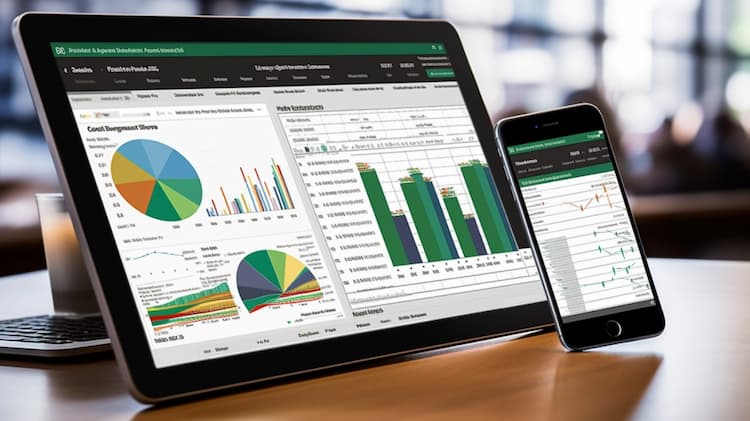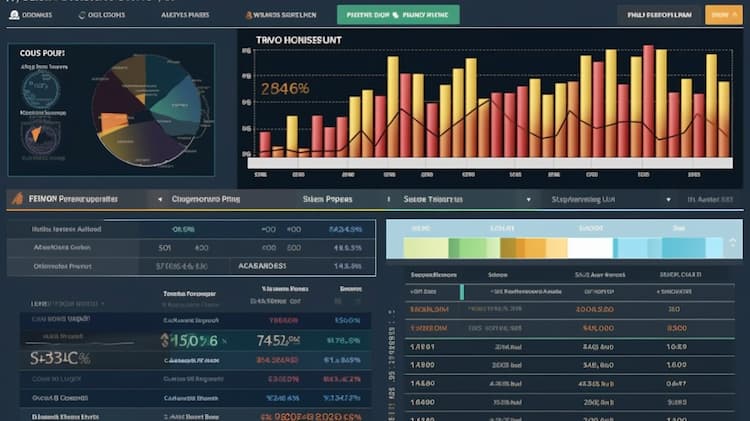
What is XLE ETF?
When it comes to investing in financial markets, Exchange-Traded Funds (ETFs) have gained significant popularity. One such ETF is the XLE, which offers exposure to a specific sector of the economy. In this article, we will explore what the XLE ETF is, how it works, and its benefits. Please note that this article does not provide any investment advisory services.
Understanding the XLE ETF
The XLE ETF is an exchange-traded fund that aims to track the performance of the energy sector. It primarily invests in companies involved in energy exploration, production, and distribution. This ETF is listed on major stock exchanges and can be bought and sold throughout the trading day, just like individual stocks. By investing in the XLE ETF, investors can gain exposure to the energy sector without having to buy individual stocks.
Key Features and Benefits of the XLE ETF
One of the significant advantages of the XLE ETF is its diversification. By investing in this ETF, investors gain exposure to a basket of energy companies, reducing the risk associated with investing in a single stock. Furthermore, the XLE ETF provides a cost-effective way to invest in the energy sector, as the fees associated with ETFs are generally lower compared to mutual funds. This ETF also offers liquidity, as it can be easily bought or sold throughout the trading day. Additionally, the XLE ETF allows investors to participate in the potential growth of the energy sector while minimizing the impact of individual stock volatility.
Performance and Risks
The performance of the XLE ETF is closely tied to the overall performance of the energy sector. Factors such as oil prices, geopolitical events, and regulatory changes can impact the performance of the XLE ETF. It is important to note that investing in the XLE ETF involves market risk, and the value of the investment may fluctuate. Investors should carefully consider their investment objectives and risk tolerance before investing in the XLE ETF. Conducting thorough research and consulting with a financial advisor is recommended.
Other Energy Sector ETFs
While the XLE ETF focuses on the energy sector as a whole, there are other ETFs that provide exposure to specific segments within the energy industry. For example, there are ETFs that focus on renewable energy, oil and gas exploration, or specific types of energy companies. Investors interested in a more targeted approach to the energy sector can explore these specialized ETFs.
The XLE ETF is a popular choice for investors looking to gain exposure to the energy sector. It offers diversification, liquidity, and cost-effectiveness compared to investing in individual stocks. However, it is important to carefully evaluate the risks and conduct thorough research before making any investment decisions. Remember, this article does not provide any investment advisory services.
Disclaimer: This article does not provide any investment advisory services.
Source 1: XLE issuer website Source 2: Reuters article about XLE
XLE quote and analysis
Discover the top holdings, correlations, and overlaps of ETFs using our visualization tool.
Our app allows you to build and track your portfolio.
To learn more about the XLE Energy Select Sector SPDR Fund, access our dedicated page now.
FAQ
What is XLE stock?
XLE is not a stock itself, but the ticker symbol for the Energy Select Sector SPDR Fund. It is an exchange-traded fund (ETF) that represents the energy sector and provides investors with exposure to a diversified portfolio of energy-related stocks.
Does XLE stock pay dividends?
Yes, XLE stock pays dividends. As an ETF representing the energy sector, it receives dividend payments from the underlying stocks held in its portfolio, and a portion of those payments is passed on to investors as dividends.
How to buy XLE stock?
To buy XLE stock, you can open an account with a brokerage firm that offers access to ETFs. Once your account is set up, you can purchase shares of XLE through the stock market by placing an order with the stock's ticker symbol.
What stocks are in the XLE?
The XLE ETF holds a diversified portfolio of energy-related stocks. The specific stocks included in XLE can change over time based on the composition of the underlying index and the fund manager's investment strategy. It typically includes companies from various energy sectors, such as oil, gas, refining, and energy equipment and services.
Are there any alternatives to XLE for investing in the energy sector?
Yes, there are alternative ETFs and investment options available for investing in the energy sector. Some examples include other sector-specific energy ETFs, mutual funds that focus on energy companies, or investing in individual energy stocks. It is recommended to compare the features, costs, and performance of different investment options and consider individual investment goals before making a decision.



